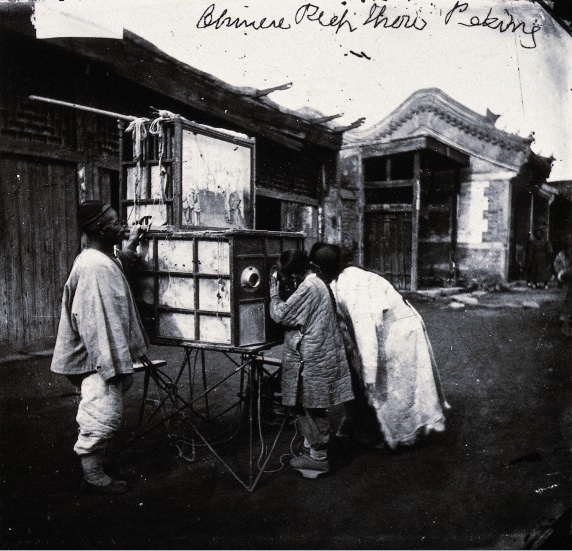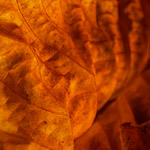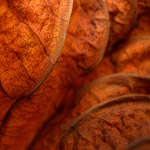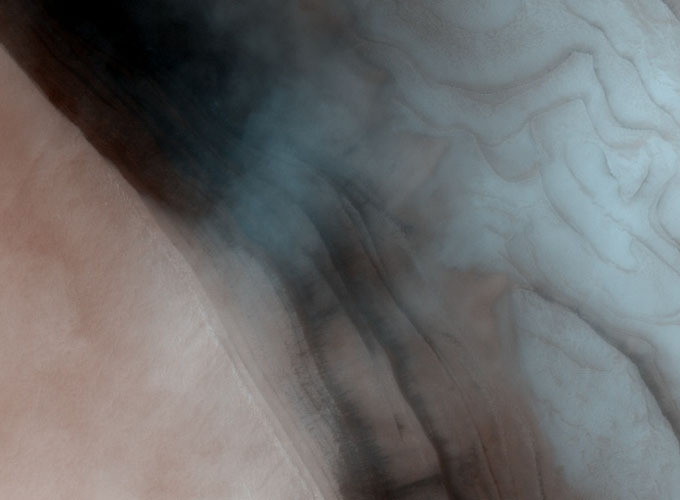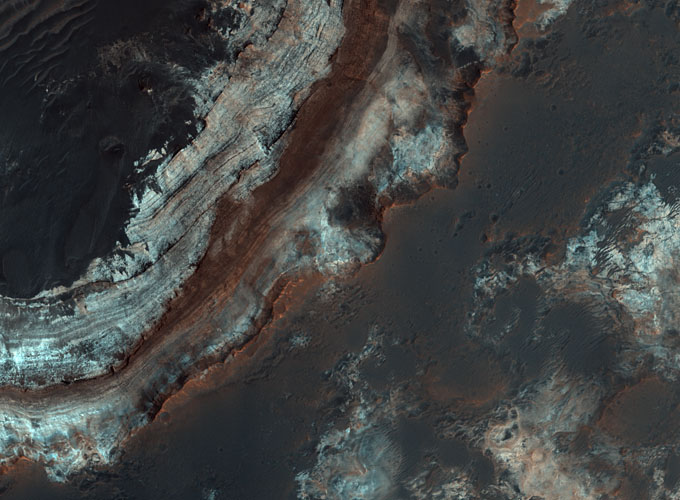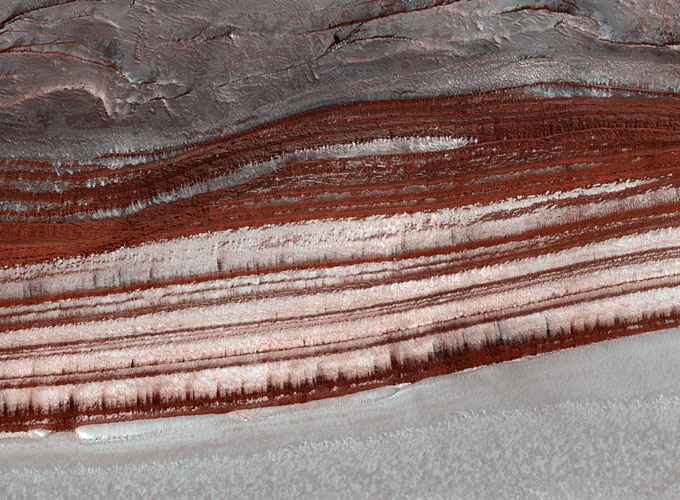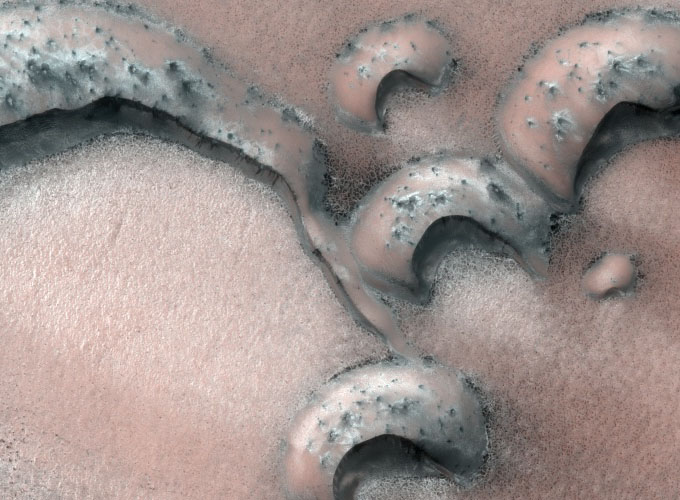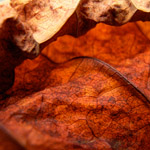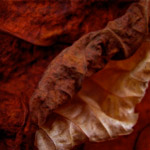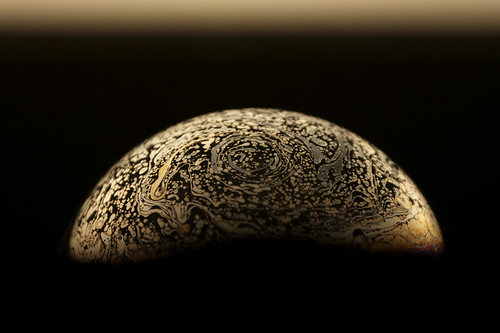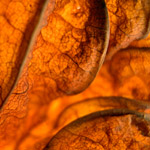14 June 2008 | Peking peep show
This 1869 photograph by John Thomson is from the collection of the Wellcome Library in London. A Manchu man and girl are taking in a traveling peep show. The photo was taken in Peking, Pechili Province, China (when it was still Peking).
The Wellcome collection is another treasure trove of images that I only just have begun to explore…
Enjoy.
— Ken
Classified under brain kibble |
permanent link
Let yourself be silently drawn by the strange pull of what you really love. It will not lead you astray.
— Rumi
14 June 2008 | Overheard
As promised, here are some additional choice quotations and exchanges from the construction workers putting a hole in the side of our abode:
“Next questions is, who’s got balls enough to get it up there.”
“I can do it right or left, it don’t matter to me.”
“I don’t want anyone gettin’ hurt, especially on the head.”
A: “If that falls on me, I’m gonna hit you upside the head.”
B: “If it falls on you, you ain’t gonna be able to.”
A: “You were looking up my skirt. Tell the truth.”
B: “I had my eyes closed.”
A: “You were looking up my skirt.”
(Two guys talking)
I don’t spend my day eavesdropping, really, I don’t.
—Ken
Filed with brain kibble and personal |
permanent link
The good thing about science is that it’s true whether or not you believe in it.
— Neil DeGrasse Tyson
13 June 2008 | Lost in space
Nothing like looking at highly-detailed images of another planet to make me feel infinitesimally tiny…but in a very good way.
The web site for the High Resolution Imaging Science Experiment (HiRISE) on the Mars Reconnaissance Orbiter currently has 6,137 high-resolution images of the Martian surface available for exploration. According to the Planetary Data System (did you know we had one of those?), HiRISE has released over 26 terabytes of data. The images below are from some of the observations taking place between 20 March and 24 April 2008.
To say that this is a small sampling is an understatement of planetary proportions. These snippets are from the June release of images and I only have looked at the first twenty-three of fifty pages.
Below, they were looking for “change due to mass wasting on scarps of different slopes”. I didn’t know what a scarp was before today, even though I have seen them (here on Earth).
Did you know that a barchan was a crescent-shaped dune? One of the things I love about the HiRISE pages is that many have very detailed descriptions. Click though on the image below for more information on the barchan and, I am guessing, its smaller relatives, the barchanoids.
Update/correction: Turns out that a barchnoid is not the smaller relative of a barchan, but rather is a transitional form between barchans and dunes…the nuances that come from specializations. “The transition is much more gradual…from barchans to barchanoids, to barchanoids with increasing slipface lengths, to dunes with barchanoid characteristics like crescentic slipfaces and tails, to dunes with irregular slipfaces, to more or less two-dimensional dunes.” [Source] Also, there is an article (PDF) on the geology of sand dunes by John Mangimeli that has some nice illustrations.
Each of the images above is linked directly to its HiRISE page where you can find specific information about the observation and download various versions of the data. I gravitate to the RGB color, non-mapped versions, as shown here.
[Update (26 May 2012): I did not mention in the original post that the images you can download are ridiculously-high resolution and extraordinarily-detailed. I’m just sayin’.]
As a technical note, many of the images are stored in the JPEG2000 format and are very high resolution. During my time lost in the Library of Congress earlier in the week, I came across LizardTech’s ExpressView browser plug-in/viewing application. It handles both MrSID and JPEG2000 files. The plug-in and application come in the same download (as least for Mac OS X). [Update (26 May 2012): LizardTech no longer supports Mac OS X.]
For a final bit of perspective, an observation from 3 October 2007:
That’s our home and our moon seen from the orbit of another planet.
Enjoy.
— Ken
Source for all images: NASA/JPL/University of Arizona HiRISE
Filed in brain kibble |
permanent link
To be free, to be happy and fruitful, can only be attained through sacrifice of many common but overestimated things.
— Robert Henri
12 June 2008 | Antique microscope slides (with specimens)
What’s cookin’?
Skin of Blow Fly, Moth Lithocolletes cramerella and Spiragle Larva of Cockchafer.
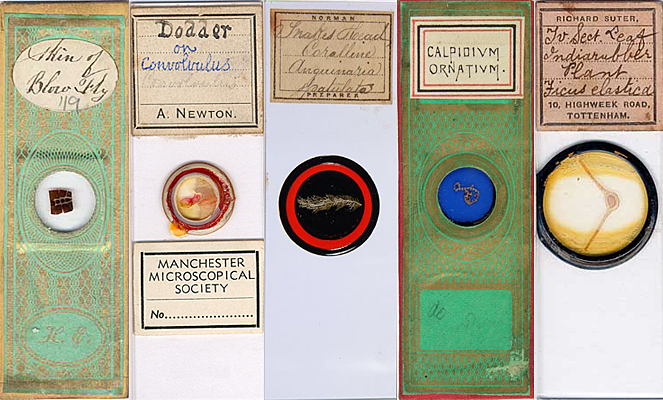
Back in the fifth grade, I had a wonderful biology teacher, Mrs. Bosert. I have very distinct memories of staying after class to look through the microscopes at squiggly little creatures zipping across the field of view.
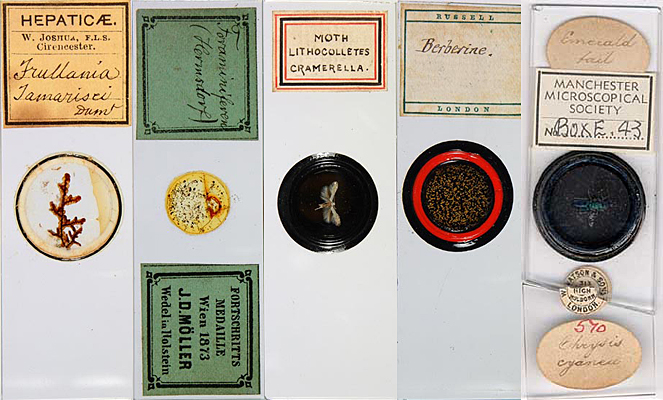
A few years ago, I came across two sites with deep collections of Victorian-era prepared microscope slides. Individually, each slide has its own interesting elements — specimens, labels, nomenclature, &c. As a group, they are a fascinating and beautiful slice of the history of science and discovery.

Sources: Darwin Country’s Microscopes and Microscopy and The Manchester Microscopical Society Slide Collection
While I have shown fifteen, between the two sites there are well over five hundred slides to peruse.
Enjoy.
— Ken
P.S. I would love to see them as larger images also. The subject of “Victorian microscope slides”is now entered on the standing research list.
Compiled in brain kibble |
permanent link
11 June 2008 | Beautiful bubbles
Another day of Bang! Bang! (Choice contractor quotes to come…)
I found these beautiful photographs of soap bubbles by Jason Tozer. Click on the image above to jump into the Flickr group.
Mr. Tozer’s site is here.
Enjoy.
— Ken
Systematized in brain kibble and personal |
permanent link

